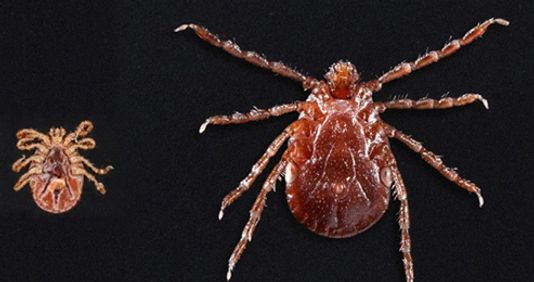Shop By Pest
CDC warns of exotic ticks spreading across the nation that may carry diseases
Ashley May, USA TODAYPublished 7:51 a.m. ET Dec. 3, 2018 | Updated 3:53 p.m. ET Dec. 3, 2018
The Centers for Disease Control and Prevention is investigating a tick that is spreading widely across the USA.
Nine states reported finding the Asian longhorned tick, which carries a variety of pathogens. The CDC said late last week it is investigating how the tick could affect the USA.
“The full public health and agricultural impact of this tick discovery and spread is unknown. … We are concerned that this tick, which can cause massive infestations on animals, on people and in the environment, is spreading in the United States,” Ben Beard, deputy director of the CDC’s Division of Vector-Borne Diseases, said in a statement.
Asian longhorned ticks are somewhat unusual in that a single female tick can reproduce up to 2,000 eggs without mating. Hundreds to thousands of ticks can be found on a single person or animal.
New Jersey was the first state to report an Asian longhorned tick, first on a dog in 2013 and more recently in August 2017 on a sheep. Since then, eight other states have reported finding the tick on animals, people and in environmental samples: Arkansas, Connecticut, Maryland, North Carolina, New York, Pennsylvania, Virginia and West Virginia.
Health officials do not know whether the longhorned tick is capable of transmitting Lyme disease, but in Asia, it spread other serious diseases such as SFTS virus and the pathogen that causes Japanese spotted fever, along with many diseases in animals.
In New Zealand and Australia, the Asian longhorned tick can hurt livestock, reducing production in dairy cattle by 25 percent, according to the CDC. The tick causes blood loss and death in calves.
Unfed ticks can live nearly a year.
To prevent tick bites, the CDC recommends using Environmental Protection Agency-registered insect repellents, avoiding wooded areas and examining yourself and pets when coming indoors.

